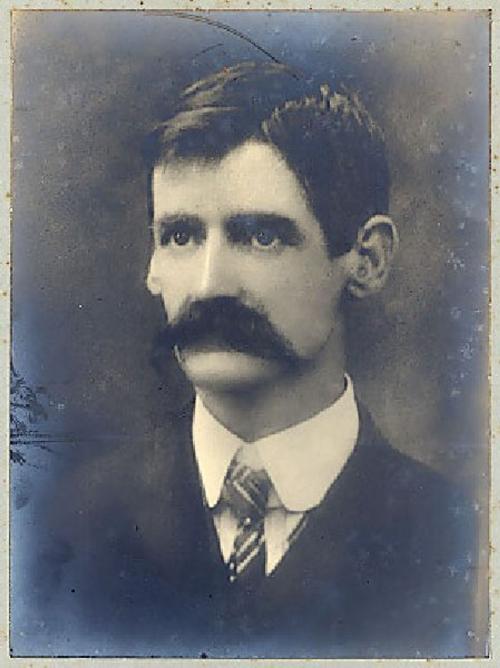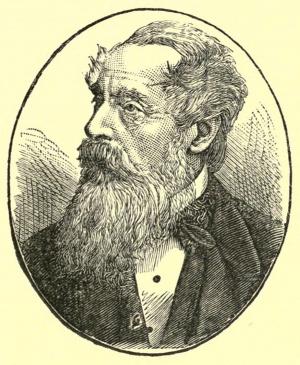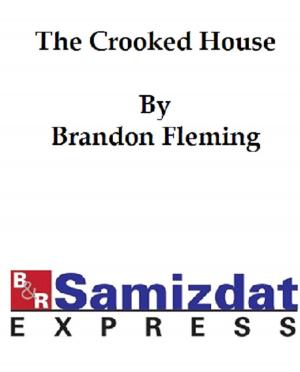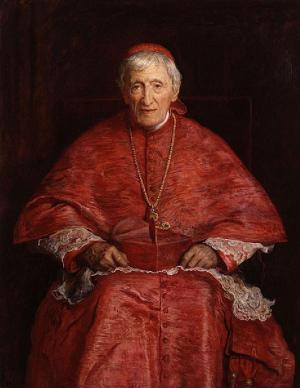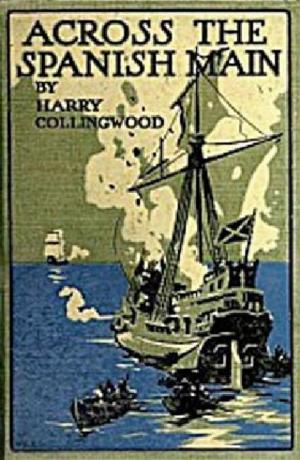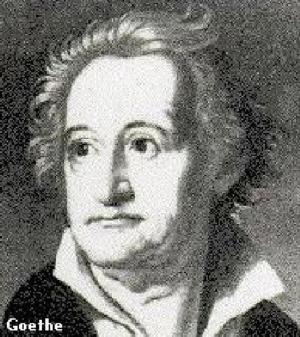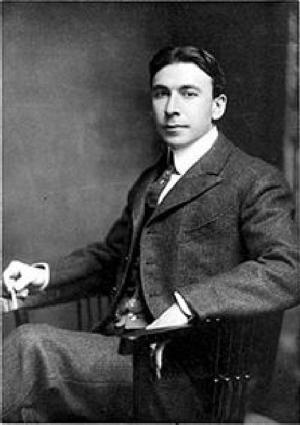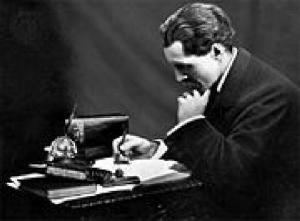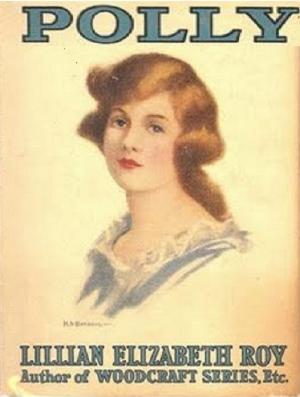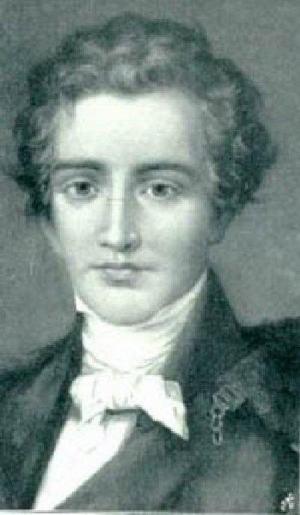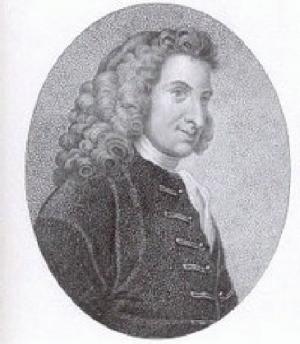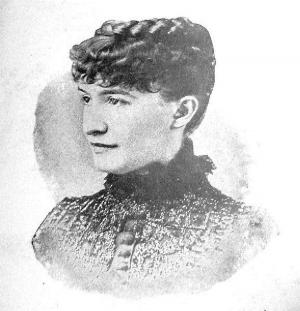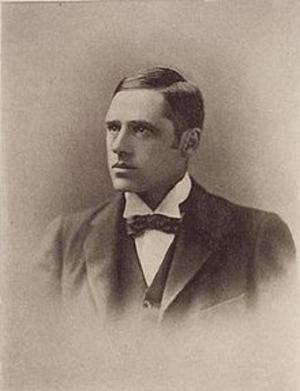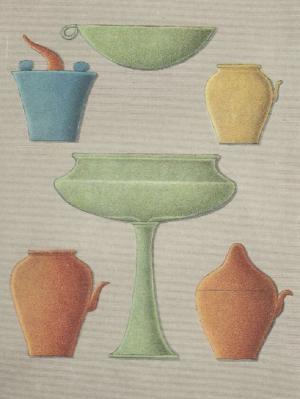| Author: | Henry Lawson | ISBN: | 9781455321902 |
| Publisher: | B&R Samizdat Express | Publication: | December 15, 2009 |
| Imprint: | Language: | English |
| Author: | Henry Lawson |
| ISBN: | 9781455321902 |
| Publisher: | B&R Samizdat Express |
| Publication: | December 15, 2009 |
| Imprint: | |
| Language: | English |
According to Wikipedia: "Henry Lawson (17 June 1867 2 September 1922) was an Australian writer and poet . Along with his contemporary Banjo Paterson, Lawson is among the best-known Australian poets and fiction writers of the colonial period, and is often called Australia's "greatest writer"... His most successful prose collection is While the Billy Boils, published in 1896.[8] In it he "continued his assault on Paterson and the romantics, and in the process, virtually reinvented Australian realism". Elder writes that "he used short, sharp sentences, with language as raw as Ernest Hemingway or Raymond Carver. With sparse adjectives and honed-to-the-bone description, Lawson created a style and defined Australians: dryly laconic, passionately egalitarian and deeply humane." Most of his work focuses on the Australian bush, such as the desolate "Past Carin'", and is considered by some to be among the first accurate descriptions of Australian life as it was at the time.[citation needed] "The Drover's Wife" with its "heart-breaking depiction of bleakness and loneliness" is regarded as one of his finest short stories. It is regularly studied in schools and has often been adapted for film and theatre. Lawson was a firm believer in the merits of the sketch story, commonly known simply as 'the sketch,' claiming that "the sketch story is best of all." Lawson's Jack Mitchell story, On The Edge Of A Plain, is often cited as one of the most accomplished examples of the sketch. Like the majority of Australians, Lawson lived in a city, but had had plenty of experience in outback life, in fact, many of his stories reflected his experiences in real life."
According to Wikipedia: "Henry Lawson (17 June 1867 2 September 1922) was an Australian writer and poet . Along with his contemporary Banjo Paterson, Lawson is among the best-known Australian poets and fiction writers of the colonial period, and is often called Australia's "greatest writer"... His most successful prose collection is While the Billy Boils, published in 1896.[8] In it he "continued his assault on Paterson and the romantics, and in the process, virtually reinvented Australian realism". Elder writes that "he used short, sharp sentences, with language as raw as Ernest Hemingway or Raymond Carver. With sparse adjectives and honed-to-the-bone description, Lawson created a style and defined Australians: dryly laconic, passionately egalitarian and deeply humane." Most of his work focuses on the Australian bush, such as the desolate "Past Carin'", and is considered by some to be among the first accurate descriptions of Australian life as it was at the time.[citation needed] "The Drover's Wife" with its "heart-breaking depiction of bleakness and loneliness" is regarded as one of his finest short stories. It is regularly studied in schools and has often been adapted for film and theatre. Lawson was a firm believer in the merits of the sketch story, commonly known simply as 'the sketch,' claiming that "the sketch story is best of all." Lawson's Jack Mitchell story, On The Edge Of A Plain, is often cited as one of the most accomplished examples of the sketch. Like the majority of Australians, Lawson lived in a city, but had had plenty of experience in outback life, in fact, many of his stories reflected his experiences in real life."
